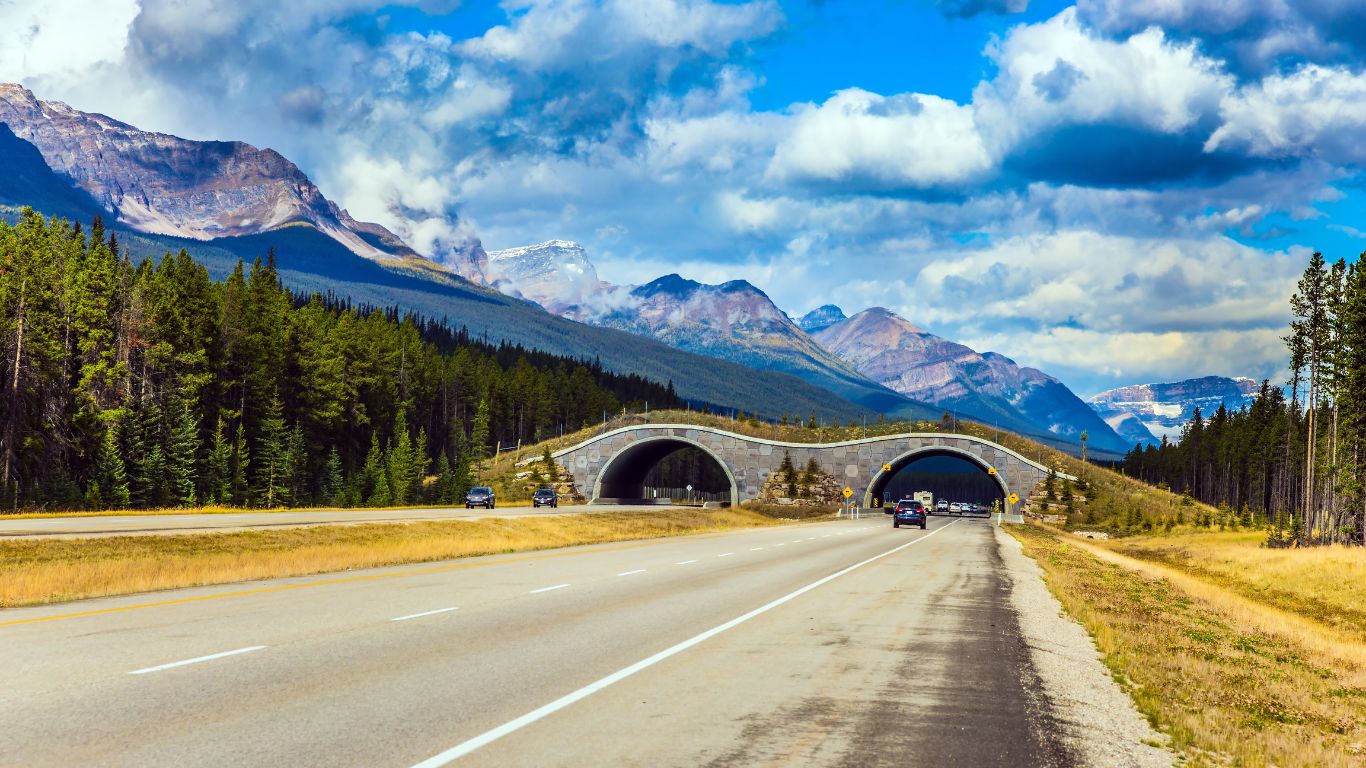
We are at the end of the road for summer driving season! Many Canadians may have taken a trip already, and some are still eager to hit the open road as we head into the fall.
Whether it’s a longer road trip, a day trip to the beach or anything in between, taking advantage of those warmer days makes for some idyllic memories.
Canada is a vast landscape, and as you might expect, so is the road network.
In 2020 there were just over 1 million (1,042,718) kilometres of public road assets in Canada. Over half (597,701 kilometres) were local roads, and about one-tenth (115,575 kilometres) were arterial roads.
Rural highways (115,121 kilometres) and highways (52,722 kilometres) were there for those extended trips once Canadians ventured out from their local roads.
Prince Edward Island was the only province or territory in 2020 to report having no highways, and reported 45 kilometres of rural highways. Saskatchewan’s 58,288 kilometres of rural highways and 161,695 kilometres of local roads both took top spot in those categories by a wide margin.
Nearly half (49%) of the 43,316 new kilometres of roads built in 2019 and 2020 were in rural municipalities in Quebec and Saskatchewan with a population of 5,000 or less.
There’s a lot of water to navigate in Canada—so on your trip, you’ll likely cross at least one of the country’s 53,321 publicly owned bridges.
If you dip underground during your eastern trip, odds are you’ll be in Nova Scotia or New Brunswick, which had 118 and 94, respectively, of the country’s 475 tunnels in 2020.
While Ontario had close to one-third (41,384) of the country’s 141,438 kilometres of sidewalks that year, Saskatchewan had the most per capita, at 33,976 kilometres. Alberta’s 21,528 kilometres of sidewalks were 47 kilometres more than in Quebec, which had nearly double the population.
In some places, those sidewalks might lead you over water. There were 3,936 footbridges across the country in 2020.
More trips, higher costs
Domestic travel was up nearly 4% in the third quarter (July to September) of 2021 compared with the third quarter in 2020, thanks to less public health restrictions, as Canadians took 85.8 million domestic trips (by all modes of transportation).
After the $6.1 billion spent on accommodations, the $4.1 billion Canadians spent on vehicle operations was the next-highest expense category in the third quarter of 2021.
The increase in fall travel was more pronounced: in the fourth quarter of 2021 (October to December) Canadians took 51.3 million domestic trips, up by nearly half (49%) from the same period in 2020.
Domestic trips taken in both the third and fourth quarters in 2021 still lagged behind those in 2019, before the COVID-19 pandemic.
Canada reopened its land border with the United States to vaccinated travellers in August 2021, when the number of vehicles entering Canada increased by over one-fifth to 916,247 vehicles compared with the previous month—but well short of the more than 3.5 million vehicles that crossed in August 2019.
Any length of road trip has been costing more in 2022. The price to fill your gas tank was up by 43% in August 2022 compared with August 2019.
Do you need to stop for a night or more? Prices for traveller accommodation were up by nearly one-fifth (18.3%) in August 2022, compared with the same month three years prior.
Contact information
For more information, contact the Statistical Information Service (toll-free 1-800-263-1136; 514-283-8300; infostats@statcan.gc.ca) or Media Relations (statcan.mediahotline-ligneinfomedias.statcan@statcan.gc.ca).
